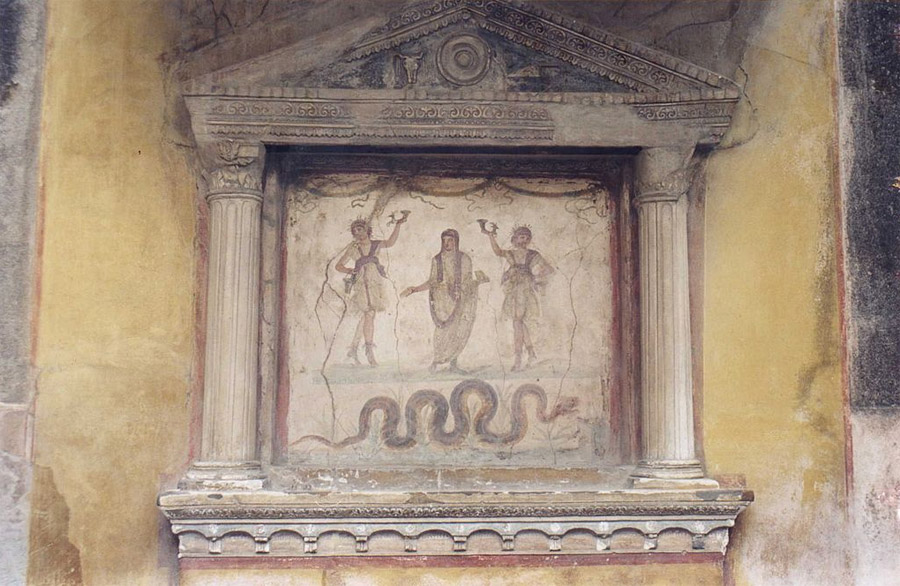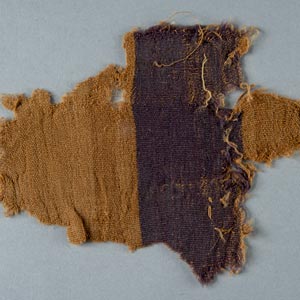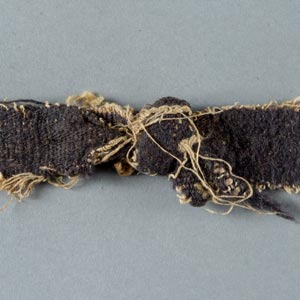Creating Purple

The finest purple dye came from the coastal city of Tyre in what is now Lebanon. The Greeks called this region "Phoenicia," a name that is believed to mean "land of purple." Purple was an expensive color. In Rome during the 1st century CE, a pound of Tyrian purple dye cost about half a Roman soldier’s annual salary, or the equivalent of the cost of a diamond engagement ring today.
Tyrian purple dye was so costly because it was difficult to make. The source of the dye was the mucus produced by predatory sea snails found in the Mediterranean Sea.
- First, the sea snails had to be harvested. According to the Roman author Pliny the Elder, thousands of snails were needed to produce just one ounce of dye.
- Next, the glands were extracted and placed in a lead pot filled with brine.
- The pot was heated slowly for about ten days until the mixture turned a reddish-purple color. It was a long and very smelly process.
- Because the materials were smelly, the places where Tyrian purple dye was manufactured were usually located downwind of towns and cities.
Tyrian purple dye was first manufactured by the Phoenicians in the 16th century BCE. According to the legend recorded by the Greek scholar Julius Pollux in the 2nd century CE, the dye was discovered by the Phoenician god Melqart while walking along the seashore with his dog and the nymph Tyros. When the dog bit into a large sea snail, its mouth was stained purple. Melqart immediately dyed a gown with the extract from the dog’s mouth and presented it to Tyros.
Artifacts
To produce dyes, raw plant and animal materials were processed, dissolved in water or other solution, and in some cases chemically altered to unlock their coloring ability. Textiles, like these examples here, were then soaked in the dye solution until they reached the desired color.




